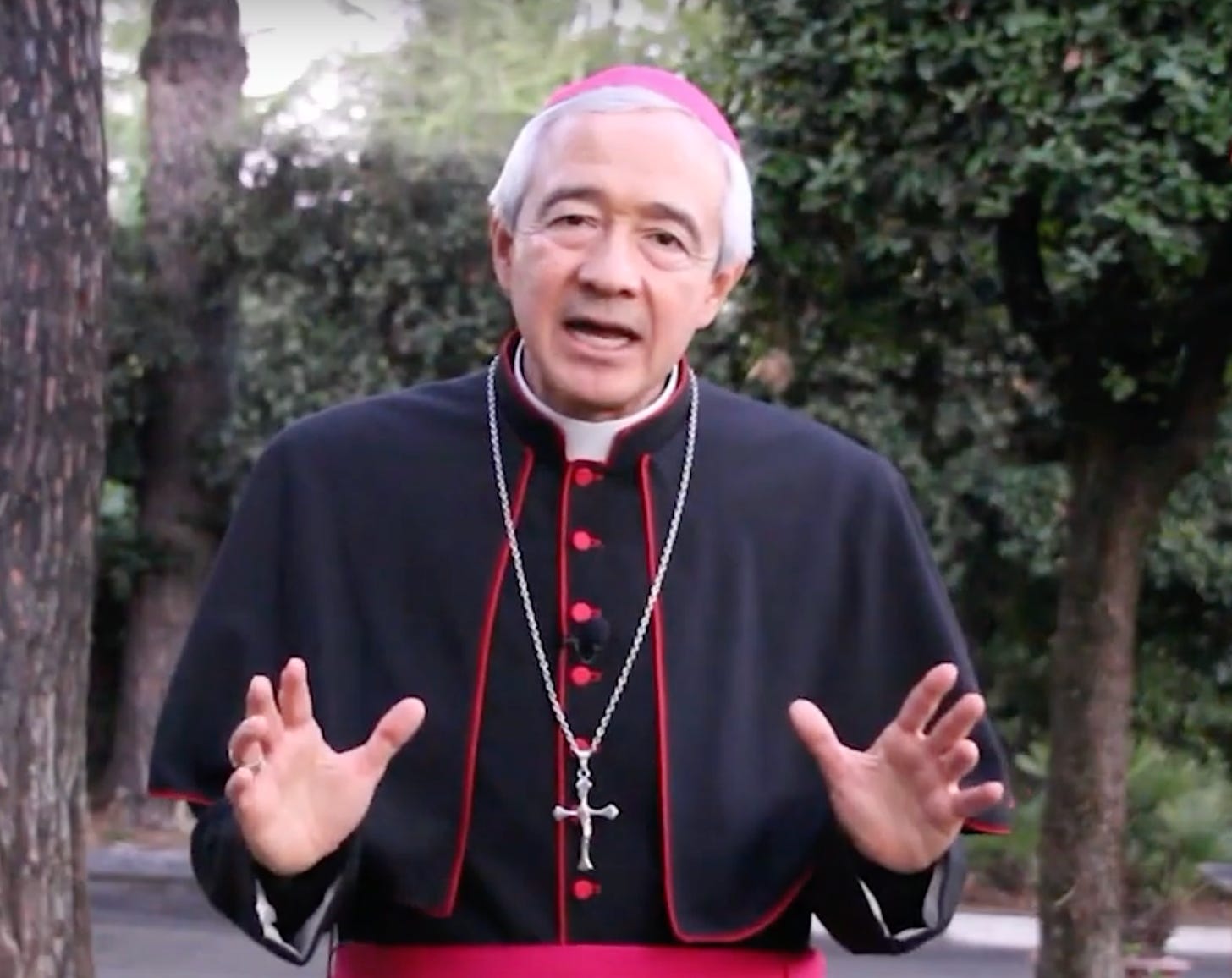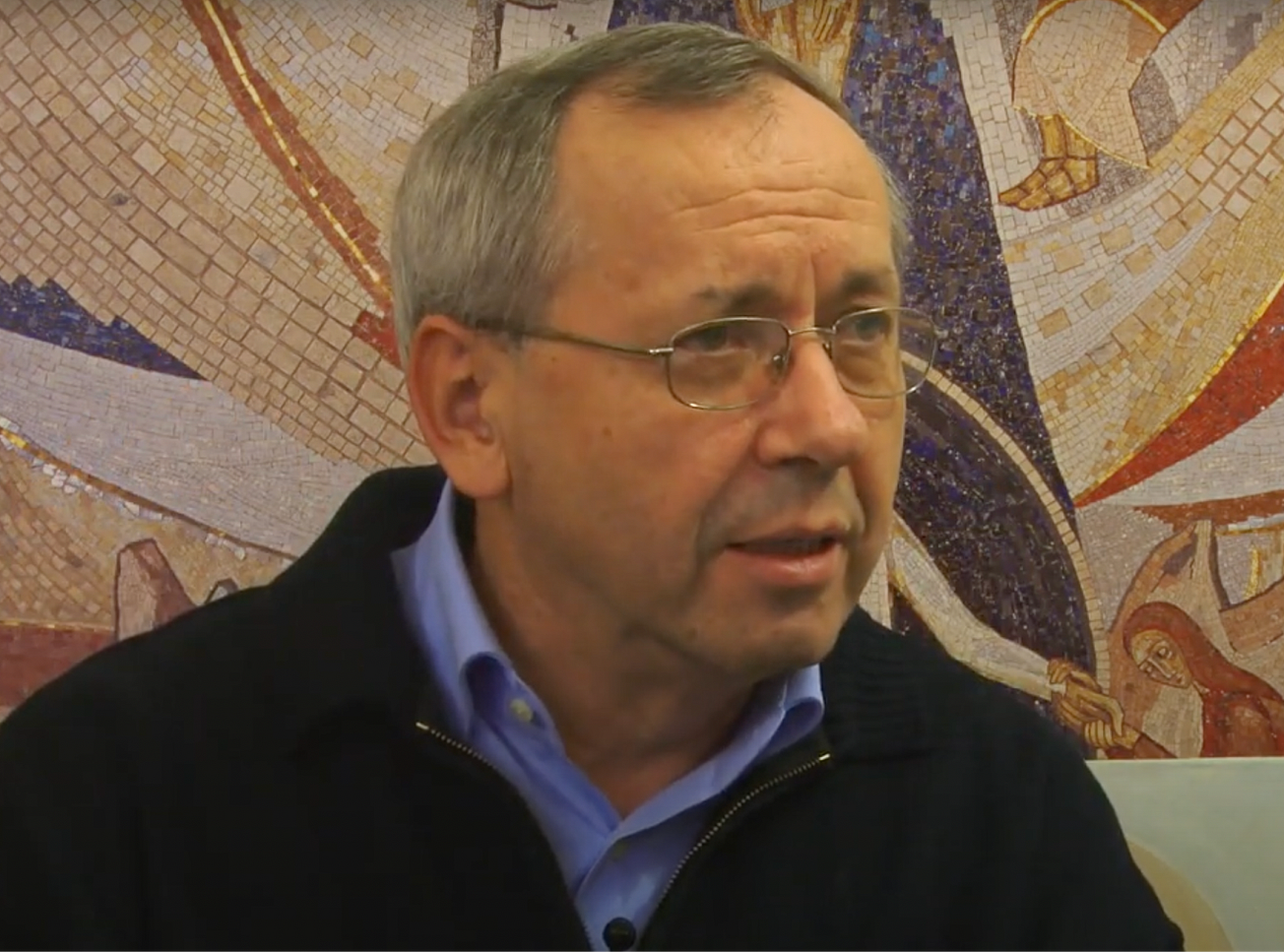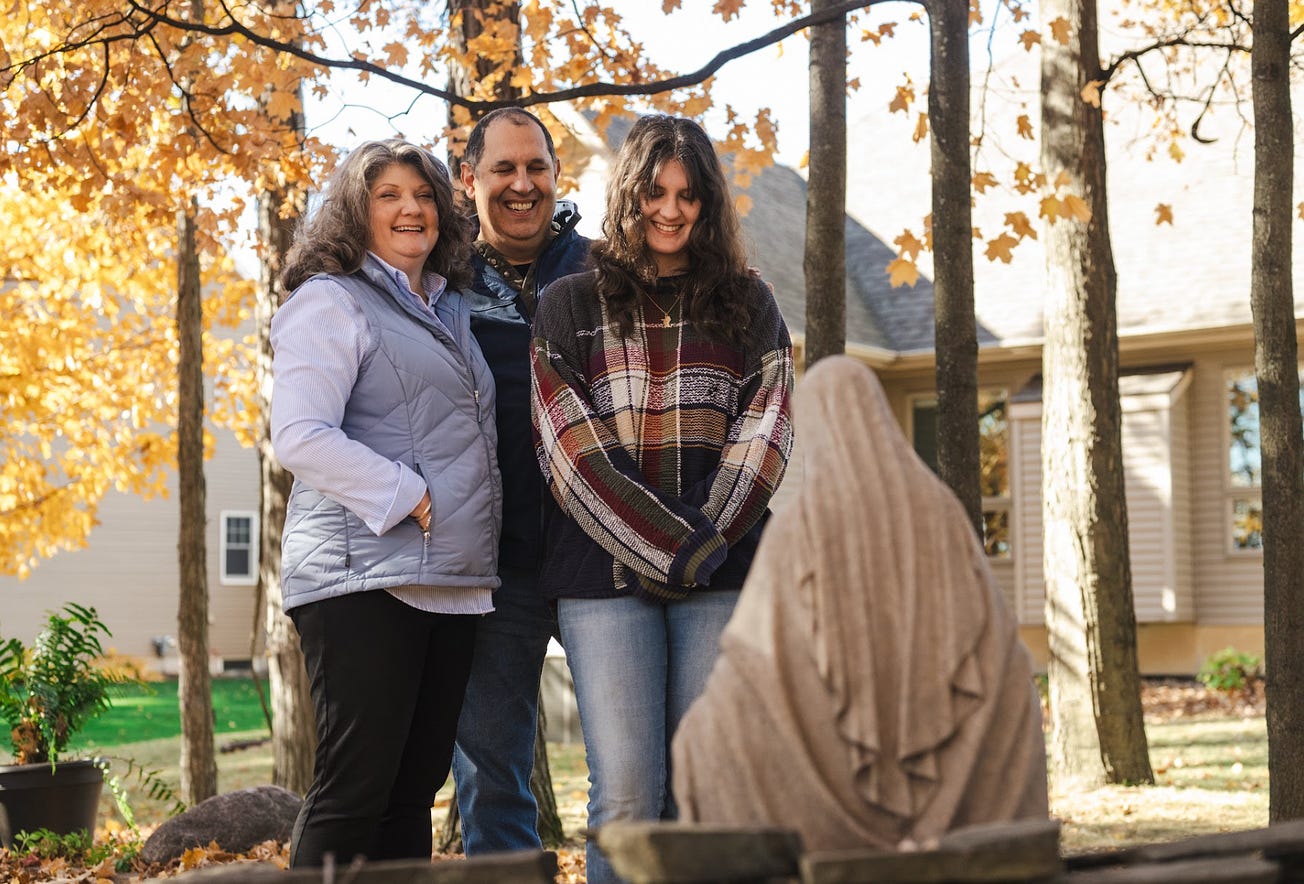Pope Francis has named Archbishop Jorge Carlos Patrón Wong as the leader of the Archdiocese of Xalapa in his native Mexico, the Vatican announced today.
The move may not be much noticed outside of the Vatican and Mexico, but it could have an impact on the U.S. bishops’ conference’s attempts to finalize a stalled update of their Program for Priestly Formation.
Wong has been serving in the Vatican’s Congregation for Clergy, where he was the archbishop secretary for seminaries, an influential position charged with the oversight of priestly formation around the world.
His departure, and the likely possibility that his prior role will go unfilled, could trigger a new round of back-and-forth with the U.S. bishops, as they seek Roman approval for the sixth version of their own seminary formation scheme. The current version has stalled, reportedly over disagreement about how to incorporate the latest Roman guidance.
Central to the dispute is the requirement that an initial “propaedeutic” period of formation take place separately from other kinds of priestly formation, in a year set apart from other academic studies.
But, at their most recent meeting last month, in Baltimore, the bishops met in executive session on Tuesday afternoon. They were presented with Rome’s proposed amendments to the most recent draft of their Program for Priestly Formation and, several have told The Pillar, while members of the conference’s powerful Administration Committee were not happy with the congregation’s changes, the body of bishops agreed to adopt them.
It was widely expected that the revised, hopefully final, version of the PPF would be forwarded to Rome for formal approval before the end of the year. But could Archbishop Wong’s departure signal a shift in the congregation’s priorities, and might the U.S. bishops’ conference see his departure as an opportunity to renegotiate?
Wong’s return to his native Mexico is most likely personal, as much as policy related. He is known to be on friendly terms with Pope Francis, and his new assignment takes him close to the region of Mexico where he grew up, and where his family live, including his elderly mother. Few would call the move an obvious demotion, or claim it alone proves a change in the congregation’s priorities.
Earlier this year Pope Francis ordered an apostolic visitation of the Congregation for Clergy. The internal review was carried out by the Italian Bishop Egidio Miragoli, and spanned a change of leadership at the top of the congregation, with Cardinal Beniamino Stella retiring as prefect just ahead of his 80th birthday, and being replaced by the South Korean Archbishop Lazarus You Heung-sik.
The visitation was one of several the pope has instructed in recent months, and which appear to be linked to efforts to cut costs across the Roman curia amid an ongoing budget crunch — the congregation having a second archbishop secretary solely dedicated to the seminary brief may have been viewed as a luxury in current circumstances.
While no formal announcement has been made, curial officials told The Pillar that Wong’s departure for Mexico most likely suited all sides, with some predicting that his post will simply go unfilled and fall into abeyance. If that’s the case, the USCCB might smell a chance to revisit their proposals, and much might depend on the attitude of the conference’s Committee on Clergy, Consecrated Life, and Vocations.
During their meeting last month, the bishops elected a new chairman of that committee, with Bishop Earl Boyea of Lansing placing ahead of Denver’s Archbishop Samuel Aquila.
Aquila’s seminary, St John Vianney, was an early adopter of a kind of propaedeutic year, even before it was demanded by Rome, and he was widely considered to be sympathetic to the congregation’s point of view. Boyea, on the other hand, was a key member of the drafting committee which produced the previous, still operative, fifth version of the PPF, and might prove sympathetic to some of the bishops demanding more flexibility in adopting Rome’s requirements.
If Boyea were so minded, he could decide to hold off on sending in the PPF draft incorporating Rome’s changes, and reopen discussion on how to phrase the relevant sections.
If he did, a new version would ordinarily be expected to be offered to the bishops for a vote the next time they meet. But, the next USCCB meeting, in June of next year, is scheduled to be a retreat, with little or no formal business conducted, meaning that the next time the program could be discussed by the bishops would not be until November next year.
In the interim, the USCCB might try to re-test the resolve of the Congregation for Clergy to impose its universal priorities on U.S. dioceses.
Even if there is no change in Rome’s mind about the importance of a propaedeutic year, absent an archbishop secretary dedicated to riding herd on bringing the ratio into force around the world, the U.S. bishops could find that stonewalling the congregation becomes a viable option — at least in the medium term.
Longer term, some resolution has to be found. Rome granted the U.S. bishops an extension for use of the fifth edition of their formation program which expired more than a year ago. There is only so long the impasse can continue before “dialogue” on the subject begins to look like outright defiance.




